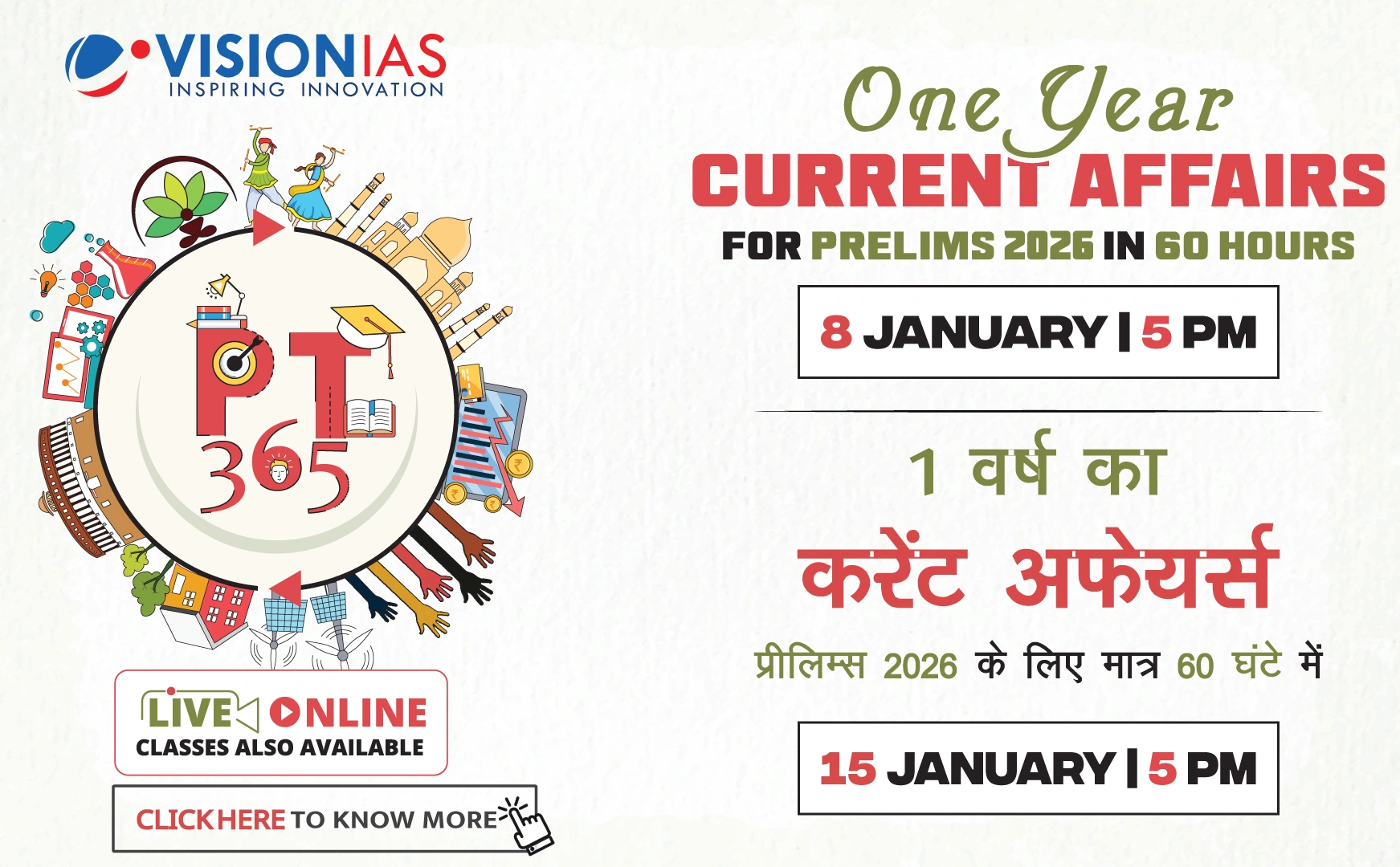India's Federal Structure and Its Unique Characteristics
The upcoming 76th anniversary of the Constitution of India rekindles interest in its constitutional values, notably its federal features. Although the Indian Federation is termed more unitary than federal, it still retains federal characteristics. The Constituent Assembly had a primary focus on ensuring unity while sustaining a federal structure.
Reasons for Choosing a Federal/Quasi-Federal Model
- B R Ambedkar's Observation (1948):
- India is described as a "union of states" to emphasize its indestructibility.
- The federation was not a result of an agreement among states, and no state can secede.
- Quasi-Federalism:
- Balance of power is struck in the constitution, discouraging a too strong central government.
- B G Kher's Observation (1949):
- Indian federation arose from the struggle for freedom, not external aggression.
Features of India's Federal Design
- Constitutional Provisions:
- Article 1 declares India as a "Union of States".
- Article 3 allows Parliament to alter state boundaries without states' consent.
- Division of Power:
- Union List: 97 subjects
- State List: 61 subjects
- During emergencies, Parliament can legislate on State List subjects.
- Role of the Council of States:
- Represents regional interests and provides checks on Lok Sabha majoritarianism.
Challenges to the Quasi-Federal Structure
- Fiscal Centralization:
- State financial autonomy eroded by GST, leading to revenue shortfalls of 19-33%.
- Delays in compensation exacerbate financial challenges.
- Administrative and Political Centralization:
- Frequent use of emergency powers has tested federal coordination, as seen during the Covid pandemic.
Resilience of India's Quasi-Federalism
- National Achievements:
- Single-market economy and coordinated national programs like Pulse Polio.
- Peaceful resolution of inter-state disputes through constitutional mechanisms.
- Cooperative Federalism:
- Institutions like GST Council, Niti Aayog, and Inter-State Council foster Centre-state dialogue.
- 73rd and 74th amendments empower local governance.
- Unity in Diversity:
- India's federal framework supports the principle of "self-rule with shared-rule".



